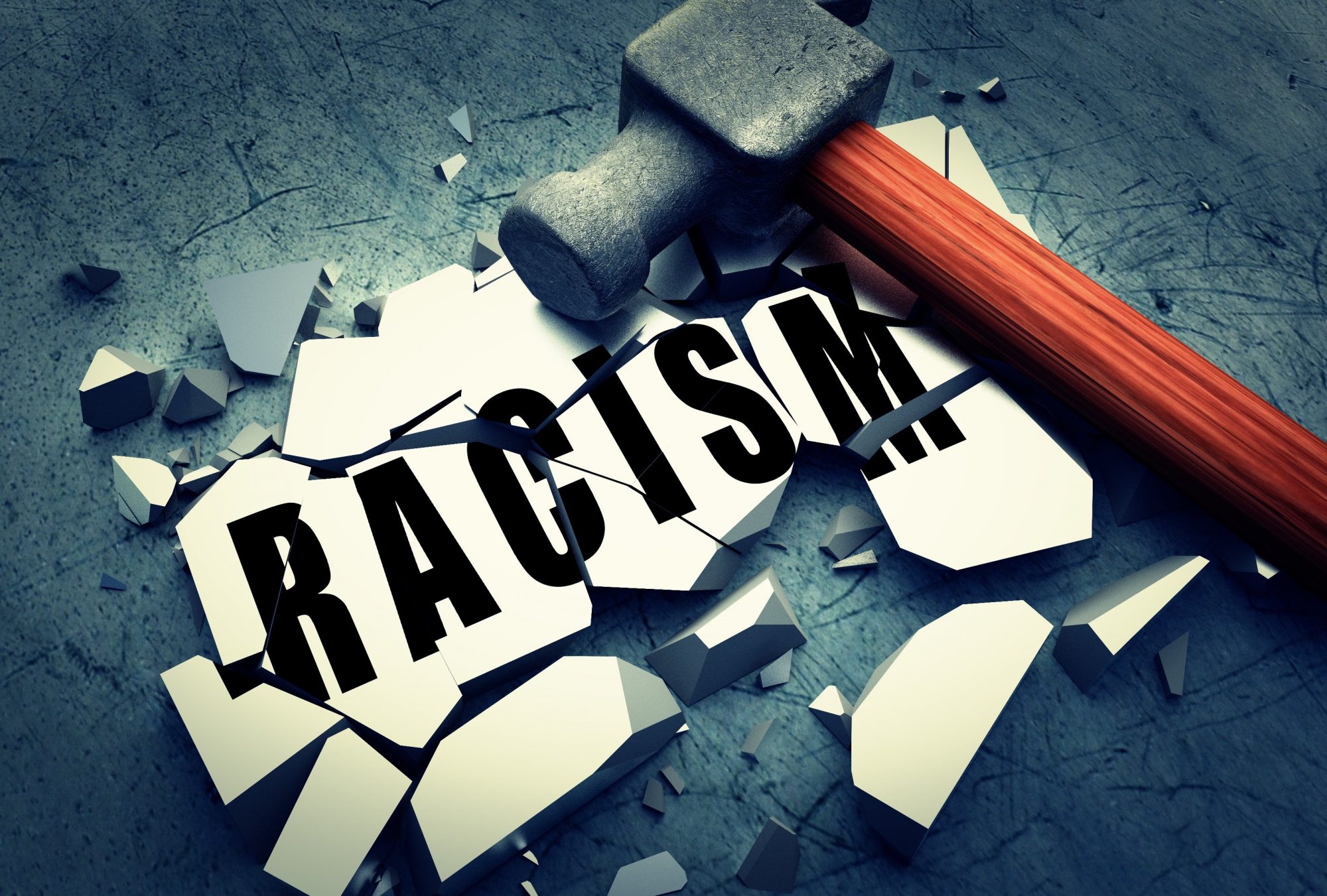Racism in Hollywood has become increasingly relevant in popular culture, as current events like Disney’s decision to cast black actress Halle Bailey as Ariel in The Little Mermaid live-action remake have sparked widespread debate over the role of race in entertainment representation. In our presentation, Alexis and I attempted to make sense of the ongoing racism precluding the success of performers and filmmakers of color in the film industry.
Due to the wealth of current examples of racism in Hollywood, Alexis and I decided to frame our discussion around specific movies, actors, and casting choices that would be familiar in the minds of our seminar classmates. We decided upon the casting of Ghost in the Shell and the depiction of black people in The Hunger Games as our two main examples. Grounding the discussion in media that our peers knew gave us the opportunity to reevaluate problematic films and practices in Hollywood that we may have glossed over in the past. In addition, it provided a solid base on which the discussion of The Hollywood Jim Crow, by Maryann Erigha, could be predicated.
We explored Elijah Anderson’s idea of the “iconic ghetto” and how it is mapped not only on certain characters in mainstream movies, but on actors and directors themselves. Gary Ross, the white director of The Hunger Games, depicts the black character Thresh as violent and aggressive. His murder tactic (melee) is crude in comparison to Clover’s (knife-throwing), which takes greater skill. This concept of the iconic ghetto extends to directors and actors in relation to their economic productivity. Studio executives often assume black filmmakers will produce economically inferior movies that are guaranteed to generate less profit than a film with a white director or cast. The iconic ghetto, and all its associations with indolence, are thus linked to black filmmakers and performers–preventing the equitable inclusion and representation of POC in Hollywood.
In addition, we considered what exactly makes Hollywood unique regarding its racial logic. Despite touching only briefly on this topic, we concluded that the veneer that studio executives and audience members hide behind is the very definition and dynamics behind acting itself. Actors, many argue, can portray any character as long as they can act it well. However, this reasoning applies only to white actors; actors of color are racialized and pigeonholed, perpetually portraying characters of a certain race or fulfilling a certain narrative around race in the story being told. To counteract this practice, various casting directors and producers have engaged in color-conscious casting. We looked at Hamilton in particular and how Lin Manuel-Miranda’s call for a cast that embodies the “America of then, told by America now” reflects a broader trend in the industry to recontextualize and represent universal themes in storytelling as belonging to minority groups as well.
Moving forward, further questions about the meaning of representation and the effects of this representation on the greater public demand consideration. What role does our environment and heritage play in shaping our socialization? What are the tangible effects of greater representation in Hollywood? How can the industry work toward greater equity in Hollywood?
Erigha concludes The Hollywood Jim Crow with a call to action. To achieve true structural transformation in Hollywood, equity must be viewed as more complex than mere numerical and symbolic representation. The key to equity lies in equal access to cultural citizenship: having the opportunity to tell one’s story.
